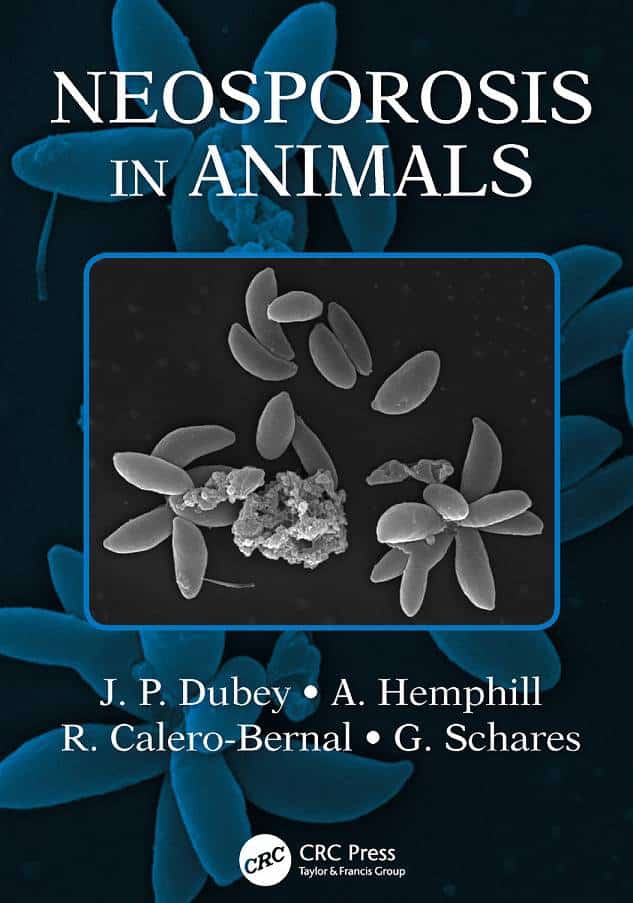Neosporosis in Animals Free PDF Book. In this book, we provide an up-to-date account of structure, biology, clinical disease, diagnosis, epidemiology, treatment, attempts at immunoprophylaxis, and control in all hosts.
Neosporosis in Animals PDF

There are 175 illustrations on the life cycle, structure of parasitic stages, and of lesions. More than 2100 references are cited. In the 1980s a neuromuscular syndrome of dogs simulating toxoplasmosis was recognized. In 1988, a new genus, Neospora, and the type species, Neospora caninum, were named, cultivated in vitro, and differentiated from Toxoplasma gondii. A year later, N. caninum was identified as an etiological agent for bovine abortions. Considerable progress in understanding the biology of neosporosis has been made in the last 30 years, resulting in more than 2000 scientific publications.
The economic importance of abortion in cattle, and the availability of knowledge, reagents, and technology used to study toxoplasmosis have contributed to the rapid progress in understanding the biology of neosporosis. Whole genome sequencing of N. caninum confirmed close similarities between N. caninum and T. gondii. However, these 2 protozoans are biologically different: N. caninum causes a major disease in cattle, and canids are its definitive hosts, whereas toxoplasmosis is a major public health problem and fields are its definitive host. Both parasites have a wide host range.
Here we summarize information on the biology of neosporosis, starting with Chapter 1 on the historical background. Subsequent chapters deal with general aspects of the biology of N. caninum (Chapter 2), techniques (Chapter 3), and the disease caused by this parasite in cattle (Chapter 4), dogs (Chapter 5), and all other animals including primates and humans (Chapters 6 through 18).
Abortion is a worldwide problem in the livestock industry accounting for annual economic losses of billions of dollars, and N. caninum is a major cause of this. Neosporosis causes abortion in both dairy and beef cattle. Abortions not only occur in cattle that have been exposed recently but also in chronically infected cattle, which poses a major challenge for vaccine development. There is no effective vaccine or therapy to eliminate N. caninum in cattle, but progress is being made.
| Get Hard Copy (Buy Used or New) | Download eBook Link 1, Link 2 |
Password: pdflibrary.net

